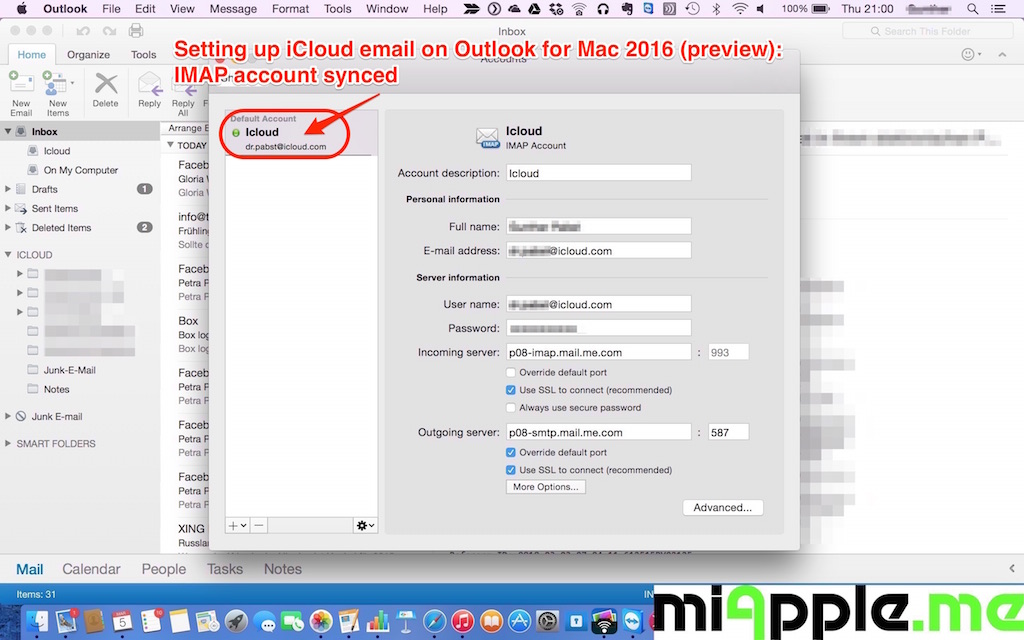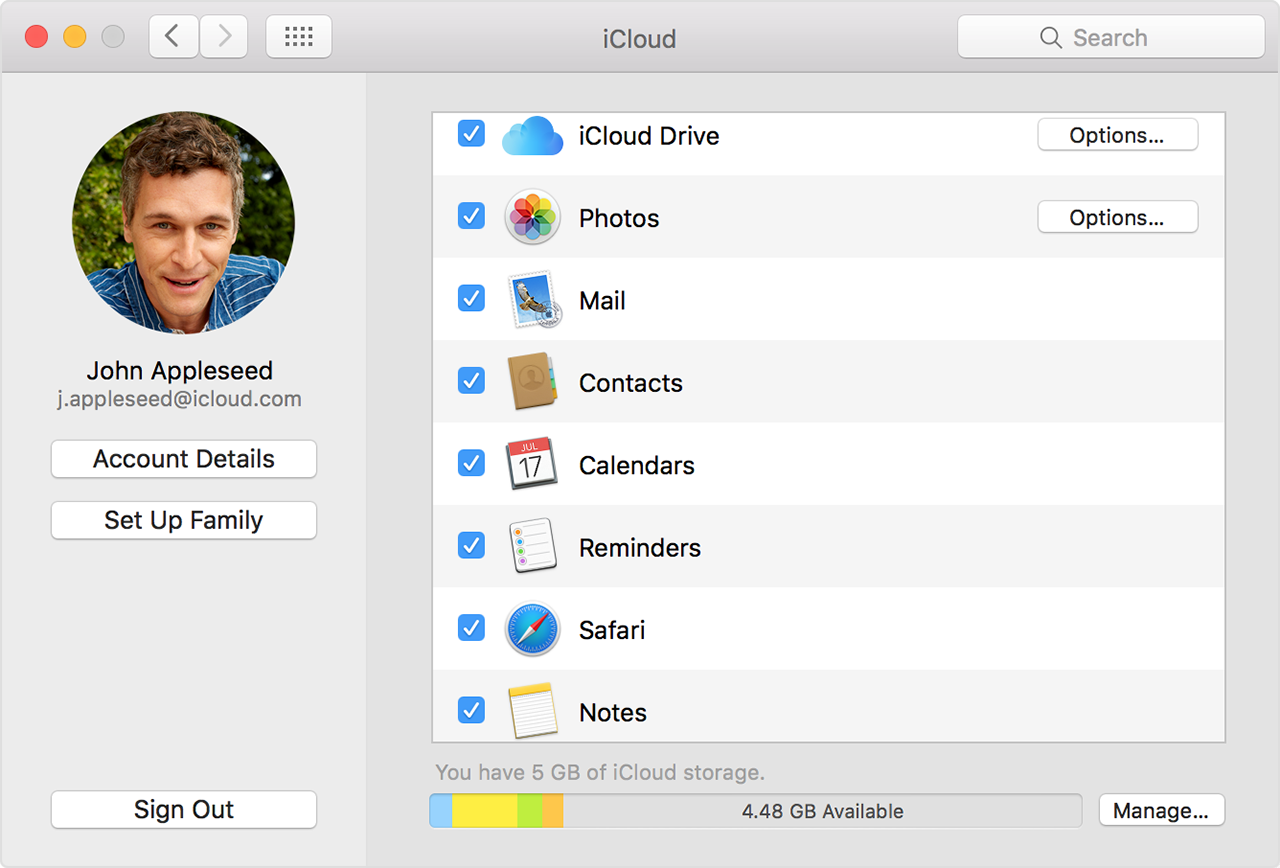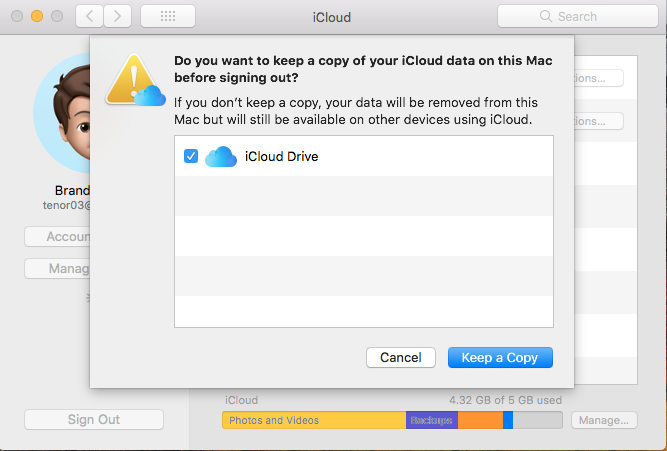

It can surely drive self-control, becoming a feature that has much extensive and diverse use. This particular feature can also be used to set limits on app usage, thereby preventing you from using it too much. The use of locking applications is much more than restricting other users from accessing your personal data. Ever since the Screen Time function was introduced in these devices, restricting and locking applications has become more accessible. There are several ways available in the device that can help execute the process. For those who question, "can you lock apps on iPhone" the answer is a strong yes. Since you are confused about locking apps on your iPhone, there are several ways to have this done on this particular device. You will surely find a comprehensive solution to this problem after reading through all the details. To counter this problem and find an answer to "can you lock apps on iPhone," go through the article.

Did you know that you can lock your applications on iPhone just like in Android? To protect your data from unauthorized access or save yourselves from using an application for a long time, iOS comes with the appropriate solutions.

While they find tools and applications for executing this process, a comprehensive execution has not been achieved. I can live without Windows integration, but I can't live with my contact-list getting messed up.PAGE CONTENT: Can You Lock Apps on iPhone 2 Fixes to Lock Apps on iPhoneĭata security and protection have become essential requirements for people these days. I'm gonna be very careful in the future about adding application specific passwords. iCloud did not accept this label, and the e-mail disappeared from iCloud. Another problem I observed was that the label for some e-mail fields where changed to "e-mail". It seems to be some kind of an indexing error regarding the fields in the contact records, since the image hash was appended to some other field in the record. I can't pinpoint the source of the error, but It obviously has something to do with either Outlook or the native Windows e-mail client.

Then I enabled sync again on my Apple devices. That is: I uninstalled iCloud for windows, I removed iCloud accounts from Outlook/native Windows e-mail clients and I revoked all application specific password from iCloud. Then I disabled all iCloud interactions from my 3 Windows units. All my devices where fine, except that they where not syncing anymore. Then I observed that the error only presented itself on the iCloud. I started by disabling sync on my Apple devices.


 0 kommentar(er)
0 kommentar(er)
